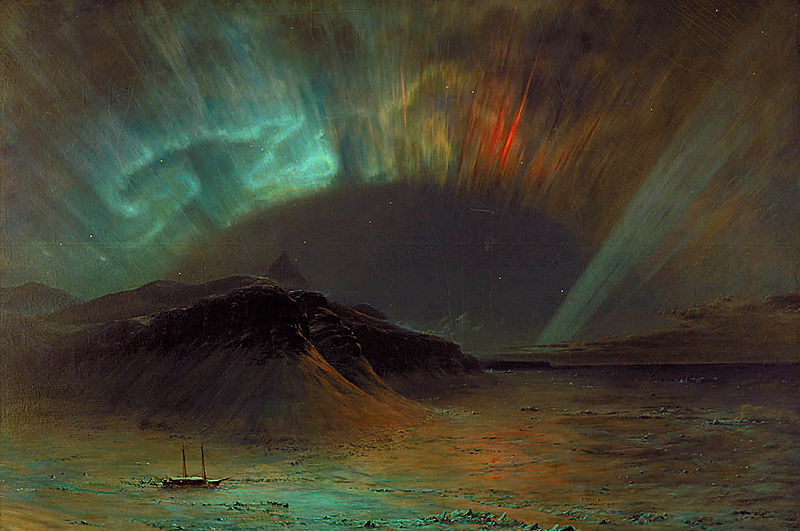
American General recently introduced the Indexed Universal Life (IUL) product “Elite Global Plus II”. The choices for indexes are the S & P 500 annual point-to-point, or a 5 year point-to-point blended index: S&P 500®, the EURO STOXX 50® Index, and the Hang Seng Index. This blended index performance is weighed 75% best index, 25% second best index multiplied by the participation rate. There is a guaranteed interes of .25% annually.
American General’s product is very similar to ING with their “ING IUL-Global Choice.” ING also has a blended index using the same indexes and weight, though ING also offers a 2 year point-to-point as well as the 5 year point-to-point. Participation rates are the focus rather than cap rates on these 5 year point-to-point products. Both products offer a 15% guaranteed participation rate.
The strength of this index selection and weighted approach are hypothetical high rates of return as gauged by historical averages. Very high. ING has put out some impressive historical data to back up that assertion. American General shows a 9.28% interest rate as current illustrative rate for the 5 year point-t0-point. That rate is based on an historical average from December 31, 1992 through December 31, 2012.
The American General product has a Choice Loan and a Standard Loan. It’s not easy to discern all the loan provisions from the producer guide, but running an illustration states “6.00 Effective Annual Rate – Guaranteed Charge” for the Choice Loan.
Testing product performance is a matter of running illustrations side by side with another carrier using the same premium and structure and see which project better cash value accumulation and loans for retirement income . Cash value accumulation involves running maximum premium below the MEC, or Modified Endowment Contract, by using guideline level premium test or 7 pay premium test. I ran American General and ING, illustrations with $500 a month, age 30, male preferred non tobacco, at guideline annual, increasing face amount, 30 years of premium, and then zero premium thereafter and maximum loans for retirement income years 31 to age 100, assuming 7% interest, same index: 5 year point-t0-point. I usually run test illustrations at 5% interest, but I have been comparing lately at 7%, so I used that as a benchmark. American General illustrated at a 65% participation rate, or par, ING illustrated at a 75% par. American General had better cash value accumulation, however ING had higher loans for retirement income. As a practical matter the loan income figure is more important than cash value accumulation.
After an initial look, ING appears to be a stronger product for those interested in this sort of 5 year blended international indexes approach. Granted that is based on only one example, and many more comparisons for different ages, health classification, premium amounts and length of premium contributions is necessary before making a more definitive judgement.